Soxhlet Extraction apparatus with coiled – bulb condenser
Soxhlet Extraction apparatus with coiled – bulb condenser
A Soxhlet extractor is a piece of laboratory apparatus invented in 1879 by Franz von Soxhlet. It was originally designed for the extraction of a lipid from a solid material. Typically, Soxhlet extraction is used when the desired compound has a limited solubility in a solvent, and the impurity is insoluble in that solvent. It allows for unmonitored and unmanaged operation while efficiently recycling a small amount of solvent to dissolve a larger amount of material.
Assembly
- The source material containing the compound to be extracted is placed inside the thimble.
- The thimble is loaded into the main chamber of the Soxhlet extractor.
- The extraction solvent to be used is placed in a distillation flask.
- The flask is placed on the heating element.
- The Soxhlet extractor is placed atop the flask.
- A reflux condenser is placed atop the extractor.


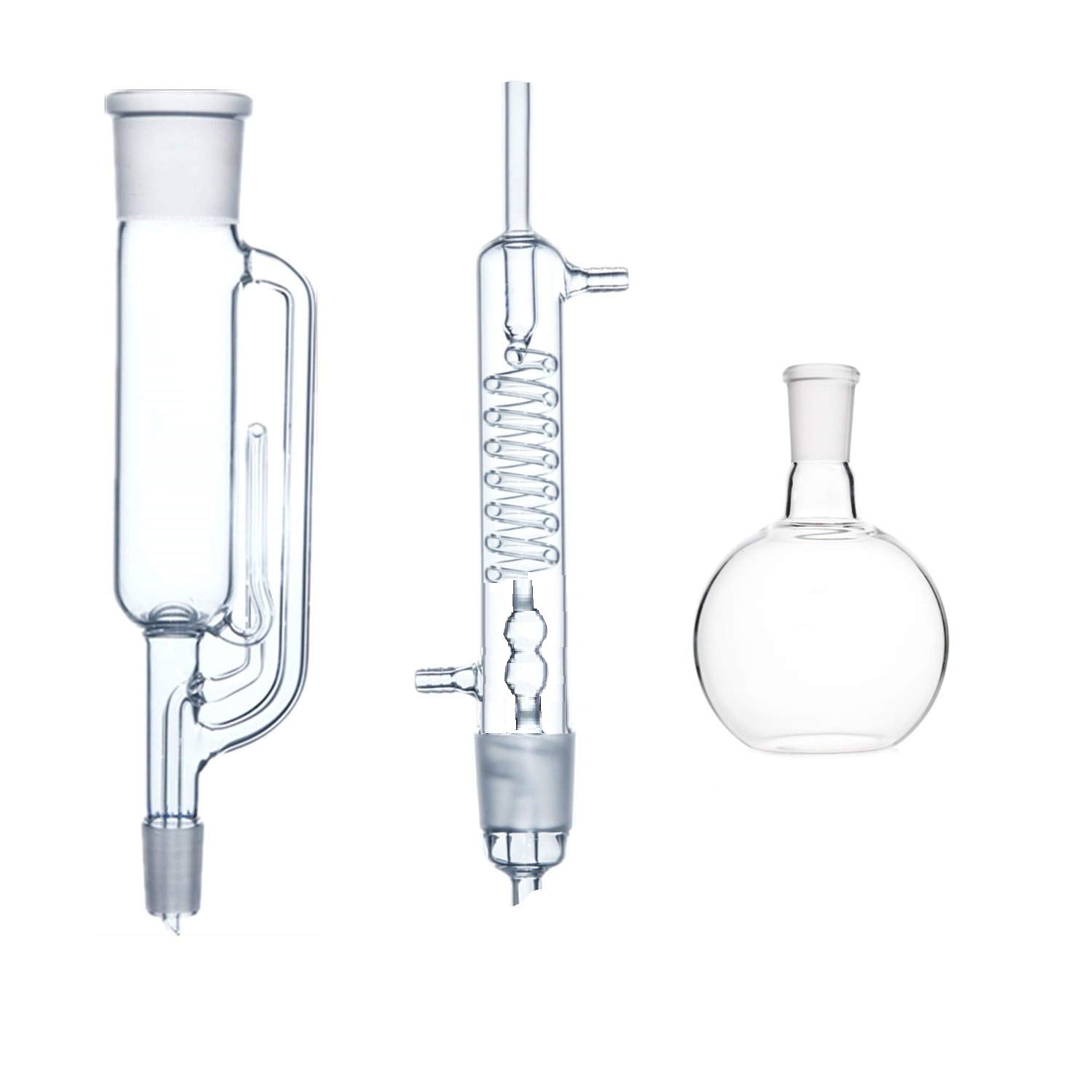
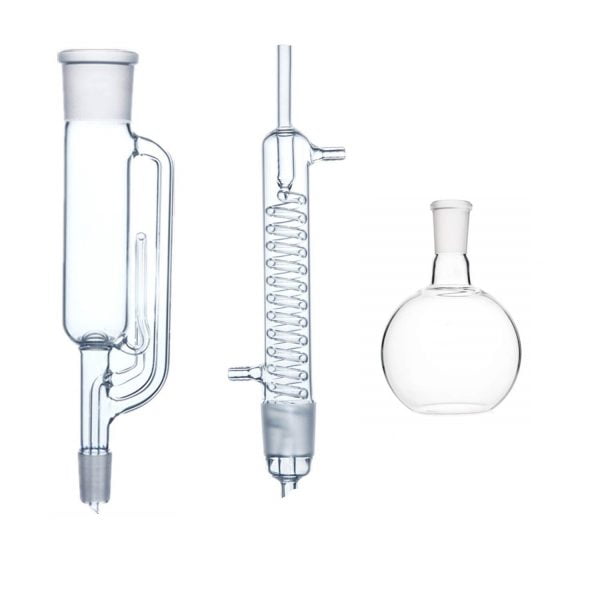


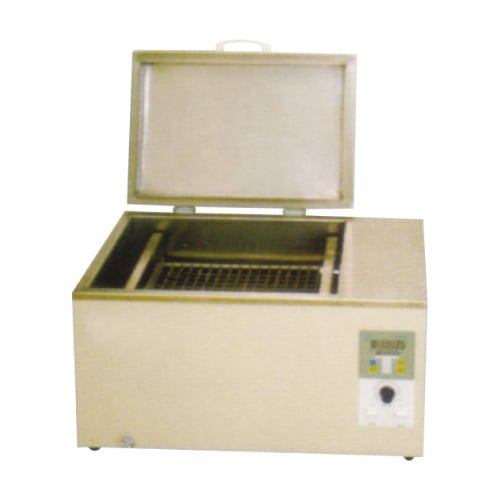
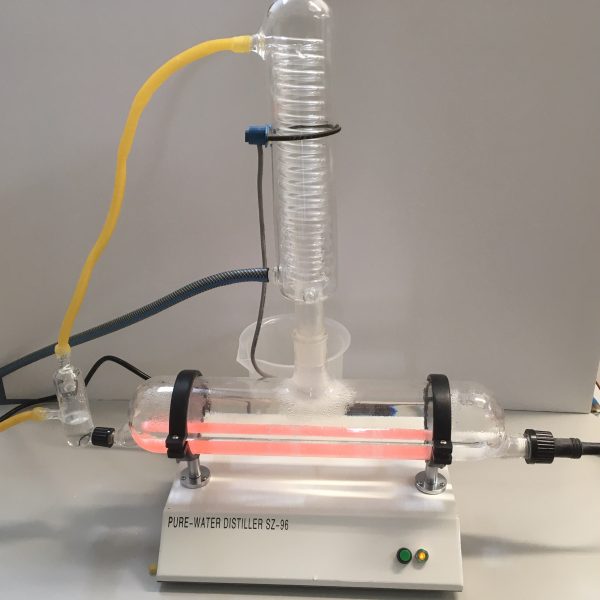
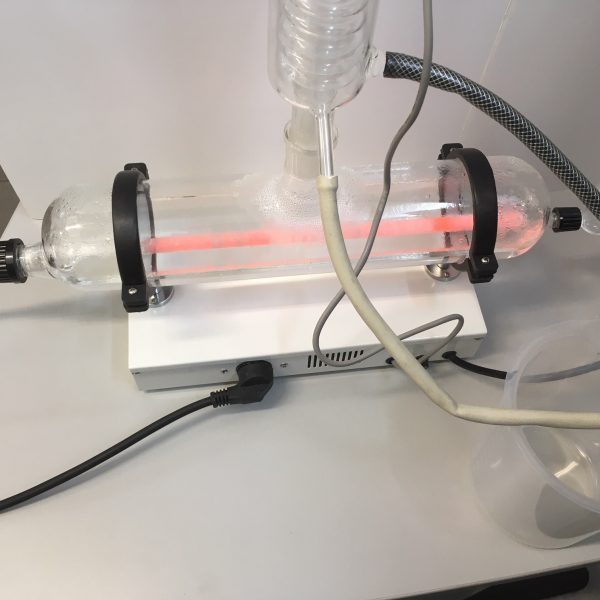
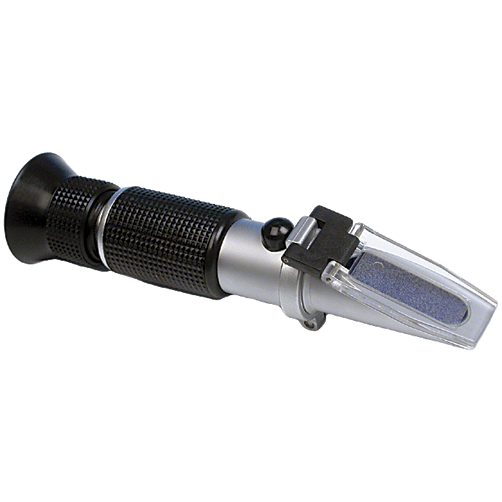
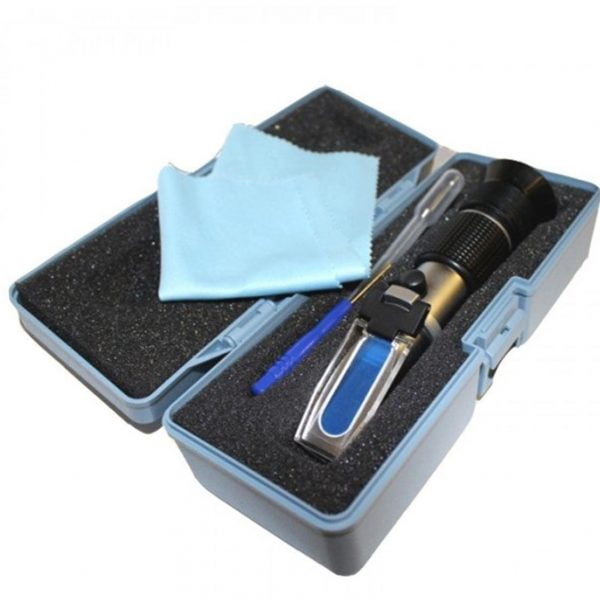
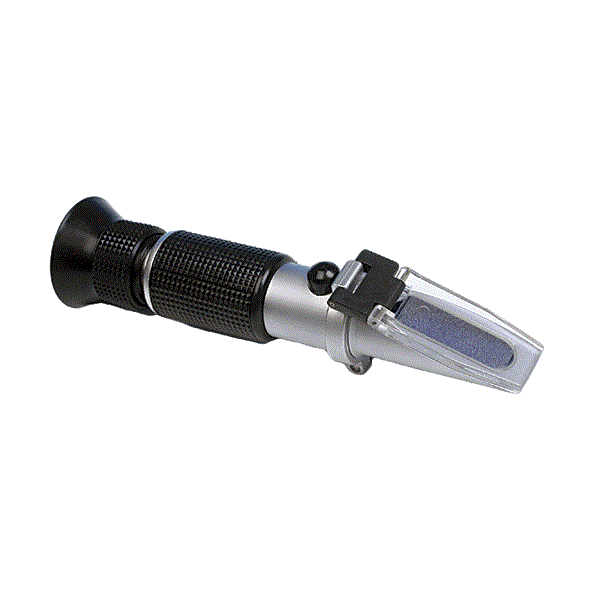
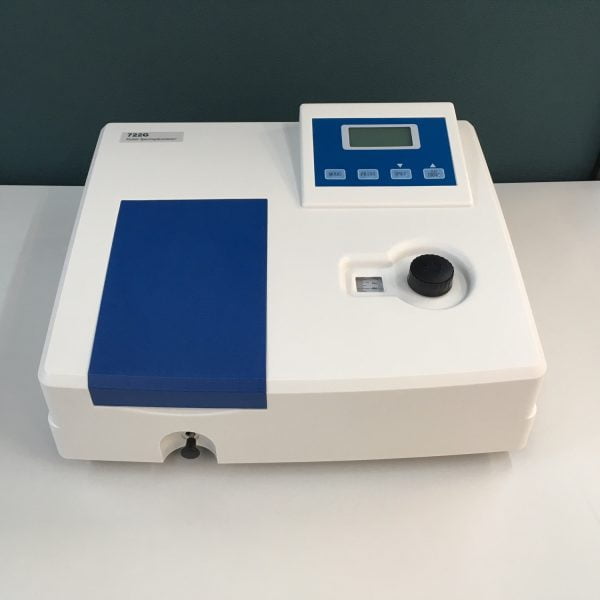
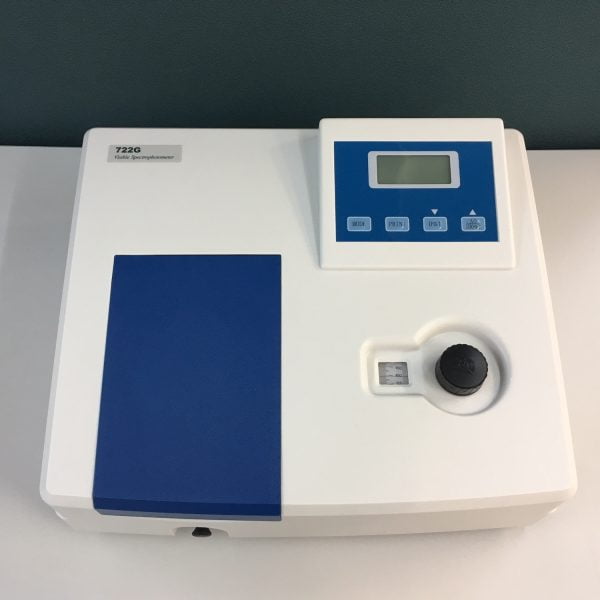
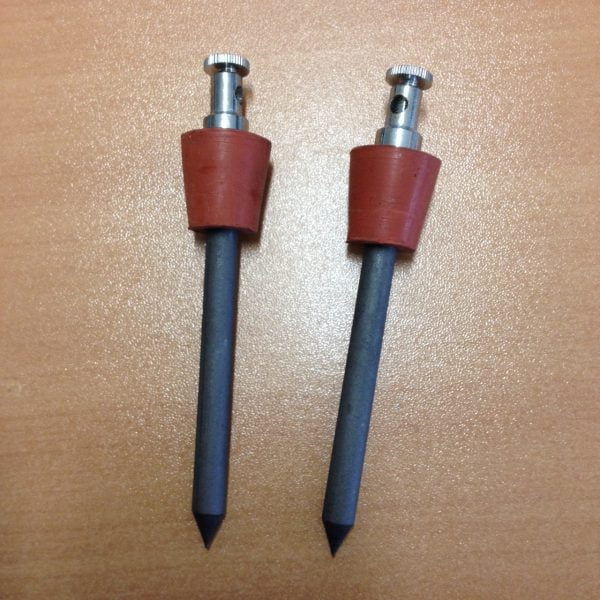
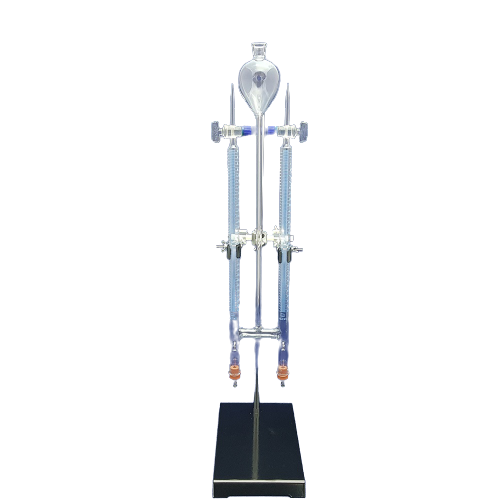
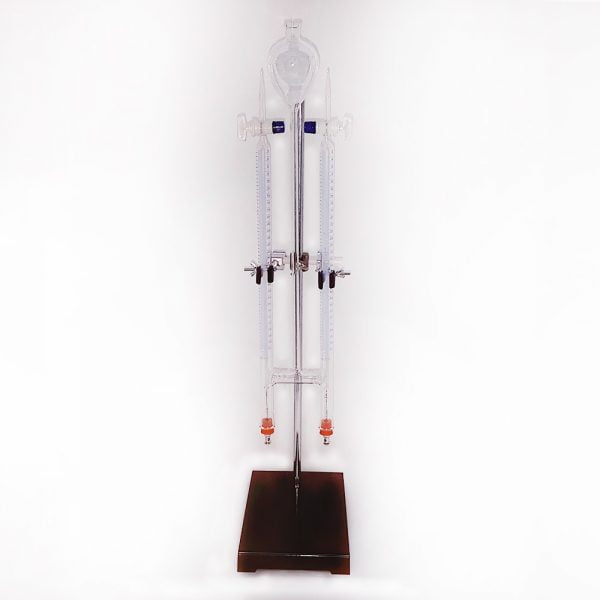


 Labdisc
Labdisc Botzees
Botzees Edison
Edison Telepresence Robot
Telepresence Robot DOBOT
DOBOT Keyestudio
Keyestudio Fischertechnik
Fischertechnik